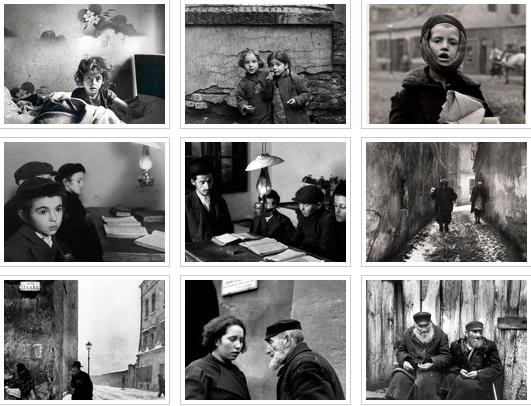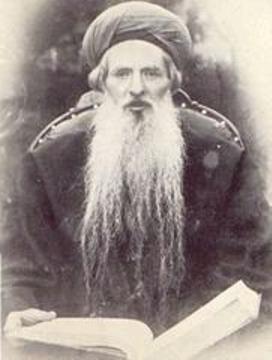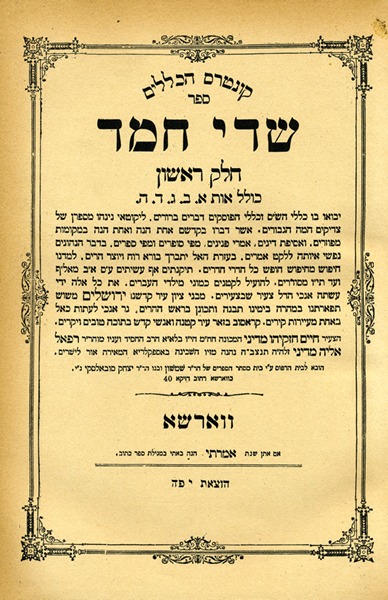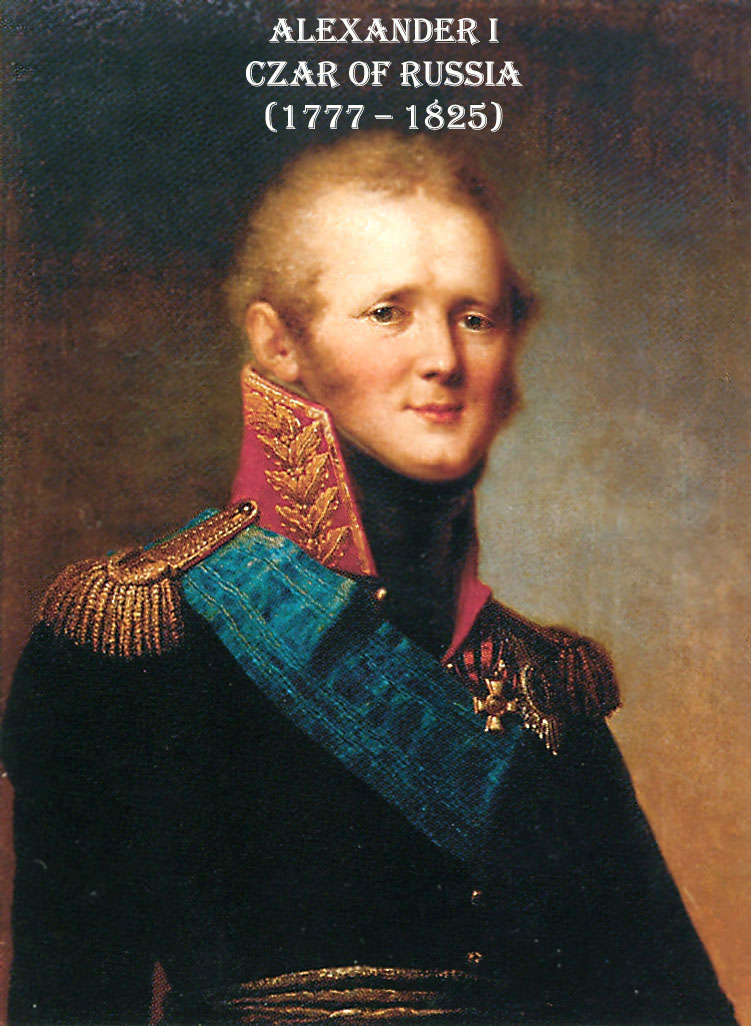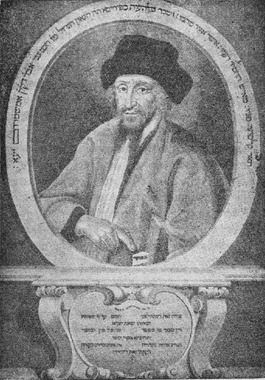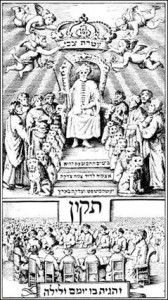
Messianic beliefs die hard and even survive the death of obviously failed dead messiahs. Such was the case with Sabbatai Zevi, who died in 1676. Although he died as an apostate, he had a considerable Jewish following even at the end. Even after his death, his movement was kept actively alive by his “prophet,” Nathan of Gaza, and a cadre of unstable personalities.
Nathan’s father, Rabbi Elisha Ashkenazi, who was in Morocco in the late 1660s and early 1670s, spawned a new wave of messianic fervor by a Moroccan peasant Jew named Joseph ben Zur, who claimed to be Messiah ben Joseph. In the Talmud we are told that there are two personifications of the Messiah. One is the Messiah ben David, i.e. the Messiah from the House of David. He is the ultimate Messiah who will redeem the Children of Israel, introduce a time of peace and prosperity, build the Temple, etc. However, there is a precursor: the Messiah ben Joseph, stemming from the tribe of Joseph. This Messiah will die or be killed, according to the prophecy in the Book of Zechariah (12:10).
The identity of Messiah ben Joseph troubled all believers of Sabbatei Zevi, because according to tradition he is supposed to come before the Messiah ben David. Where was he?! When was he?! In response to that, Nathan of Gaza gave conflicting answers.
One was that the Messiah ben Joseph had existed in the person of Solomon Molcho. He was a convert to Judaism who died a martyr’s death at the hands of the Inquisition. The idea that Solomon Molcho was the Messiah ben Joseph struck a responsive chord within the Jewish people because he was a folk hero.
A second explanation that Nathan of Gaza offered, at a different time, was that Sabbatai Zevi was of such stature that he obviated the necessity of having a Messiah ben Joseph before him. A third reason he gave was that the collective suffering of the Jewish people constituted the Messiah ben Joseph. Even though this was an enormous problem theologically, it did not bother the masses. Likewise, the fact that all these “answers” conflicted with each other did not bother Nathan. The important thing was that each struck a responsive chord in its own way to different people.
Joseph ben Zur was probably mentally unstable. At the very least, though, he was guilty of a very prevalent habit in the Middle East: smoking hashish. Now, smoking hashish in the 17th century was not seen in the same negative light as the modern world views it. Nevertheless, Joseph ben Zur was both slightly touched and usually high, which together is a lethal combination. He claimed he saw a vision when an angel came to him and said that he was the Messiah ben Joseph and that in order to cement the bond between Messiah ben Joseph and Messiah ben David he should travel to certain place and meet a girl, Sabbatai Zevi’s daughter, and marry her.
Nathan of Gaza’s father encouraged this nonsense. Unfortunately, thousands of Jews in Morocco, Algeria and Tunisia believed in and followed him. When Joseph ben Zur died they were terribly disappointed. The influence of all of these crackpots — Sabbatai Zevi, Nathan, his father, Joseph ben Zur — was especially prevalent among the Marranos.
Therefore, as hard as it is to imagine, Sabbatai Zevi’s movement did not die with his apostasy. It did not even die with his death in 1676 or Nathan’s in 1680. Remarkably, even one hundred years later, well in the 18th century and even at the beginning of the 19th century, there were still vestiges of the movement.

